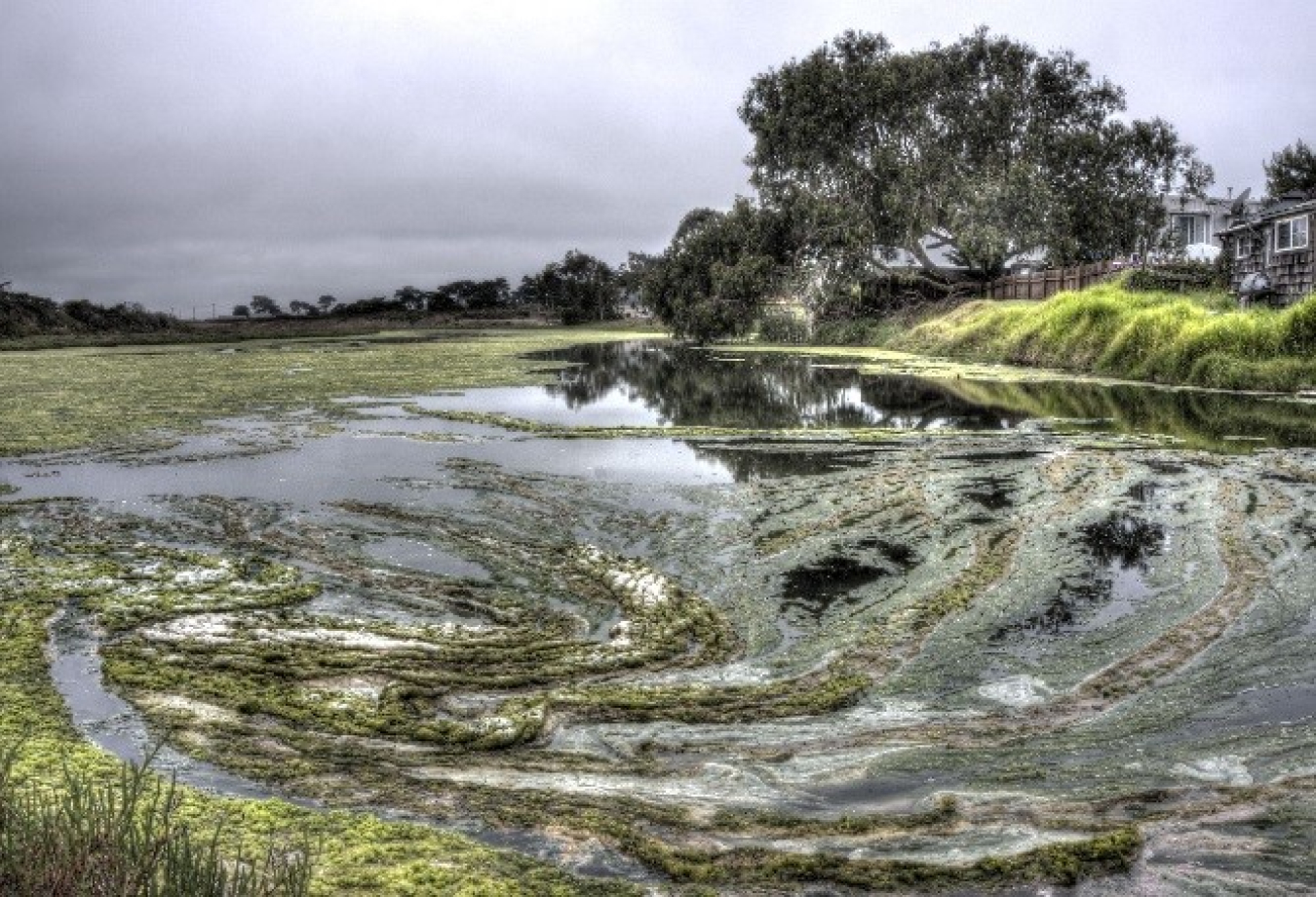5 things you should know about algae and why the Energy Department is excited to invest in this "green" technology.
Office of Energy Efficiency & Renewable Energy
June 12, 2017We routinely field questions about algae-based biofuels and bioproducts. What is it? How does it work? Does it smell? To help you answer some of these questions, we’ve consolidated a few of the most common ones here. Hopefully this will provide some insight as to why we’re excited to invest in this “green” technology.
Take a self-guided, 360-degree tour of the National Renewable Energy Laboratory’s algae biofuels research facility.
What is algae exactly, some kind of water plant?
Sometimes! The term “algae” actually encompasses an incredibly large and genetically diverse group of organisms. Genome sequencing has found algae in four different kingdoms: Plantae, Chromista, Protista, and Bacteria. Algae can be unicellular or as large as a tree like the giant sea kelp. Algae are typically photosynthetic, meaning they need carbon dioxide and sunlight to grow – just like plants. The U.S. Department of Energy’s (DOE’s) Bioenergy Technologies Office is researching how algae can take advantage of waste carbon dioxide emissions and hosted a public workshop on this topic in May.
How do you make fuel from algae?
Algae accumulate oils that, when extracted, can be converted into renewable fuels such as gasoline, diesel, and jet fuel. Some algae accumulate starches which can be transformed into sugars for conversion into ethanol. Petroleum is actually, in simple terms, ancient algae subjected to high heat and pressure over millions of years. DOE-funded researchers are working to recreate this natural process in the laboratory. Watch the video below to learn more.
Engineers have created a chemical process that produces useful crude oil just minutes after engineers pour in harvested algae -- a verdant green paste with the consistency of pea soup.
When will I be able to buy some algal biofuel and what will it cost?
The cost of algae production will need to come down significantly to compete in the fuel, animal feed, and chemicals markets, but existing commercial markets are teaching us a lot about how to produce algae at the scales required for commodity products. DOE is shooting for a targeted date of 2030 for <$3 per gallon gasoline equivalent (GGE), and is making progress toward that goal. National laboratory analysis assumes that if current technologies were scaled-up today, we can estimate algal biofuels would cost between $12 and $16 per GGE. Resource assessments of available land and water capable of supporting a commercial algal biofuels industry conservatively predict future production of about 5 billion gallons of fuel per year. If you are interested in buying some algae today, you can find them in many commercially available products including food ingredients, omega-3 fatty acids nutritional supplements, and skin care products.

There is a ton of algae growing in lakes around the world. Can we use that for fuel?
While harvesting harmful algal blooms for energy could one day be an environmental win-win, doing so is very complicated. Currently, harvesting naturally grown algae presents significant costs and challenges in collecting and dewatering the quantities and the quality of algal biomass that would be required for commercial-scale fuel production, but some companies are investigating how to leverage this natural biomass supply. Macroalgae (kelp and seaweed) grown in open ocean farms are also being researched for potential fuel applications.
Will my gas tank stink like rotting seaweed?
Nope. Renewable diesel or gasoline from algae is chemically equivalent to petroleum products, and will perform (and look and smell) the same as the products it’s replacing.

